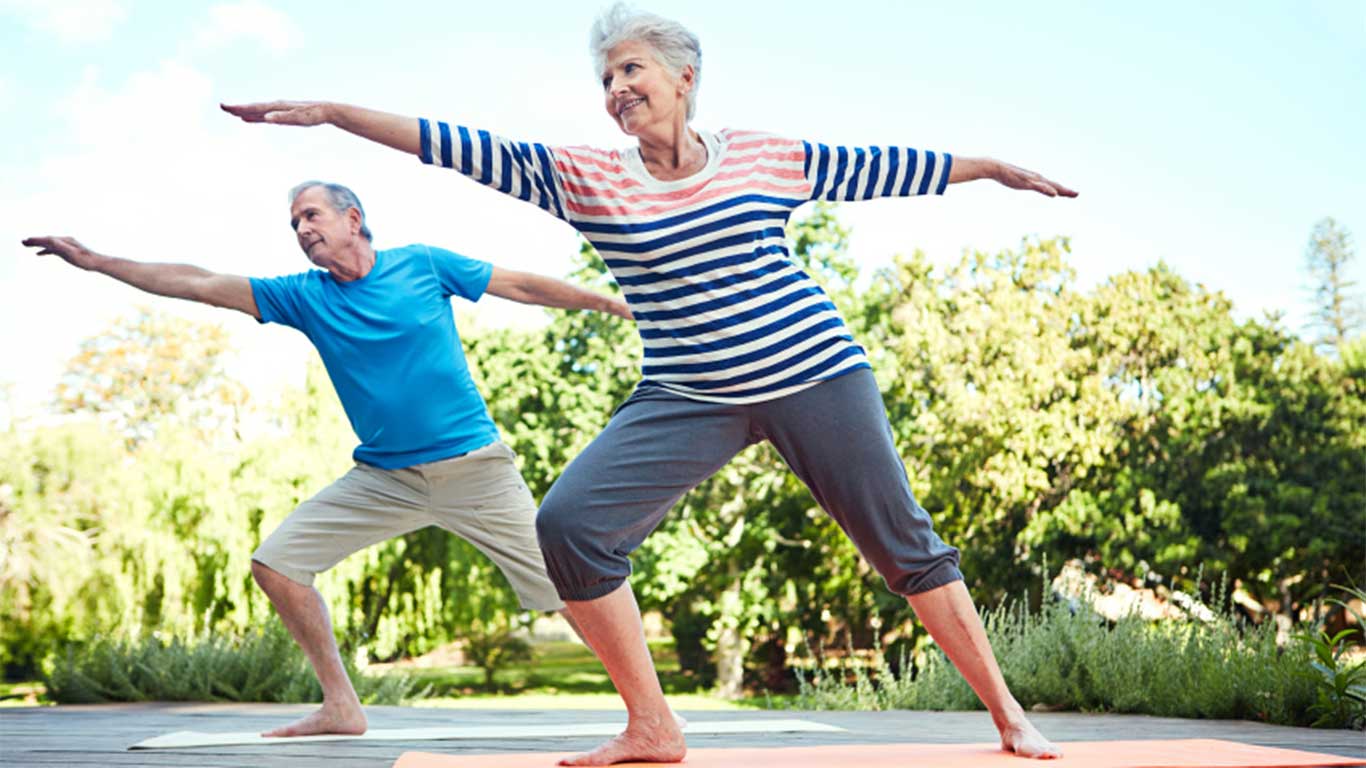Hawaii Leads the Nation in Gallup-Healthways Well-Being Rankings for Older Americans

Insights from the Gallup-Healthways Well-Being Index® Demonstrate That Adults Age 55 and Older Thrive at Higher Rates than Younger People
WASHINGTON, D.C., and NASHVILLE, Tenn. (December 6, 2016) – Older Americans living in Hawaii, Arizona and New Hampshire have the highest levels of well-being, according to the Gallup-Healthways State of American Well-Being: State Well-Being Rankings for Older Americans. The report ranking the well-being of older Americans in all 50 states is being released today by world-leading management consulting firm Gallup and global well-being improvement leader Healthways, a Sharecare company; and is presented by the Massachusetts Institute of Technology (MIT) AgeLab and SilverSneakers®.
The 10 states with the highest well-being for older Americans are:
- Hawaii
- Arizona
- New Hampshire
- North Dakota
- Colorado
- Alaska
- Minnesota
- Wisconsin
- Iowa
- South Dakota
The analysis is based on data from the Gallup-Healthways Well-Being Index, a definitive measure and empiric database of real-time changes in well-being both in the United States and throughout the world. The report is based on self-reported data from 115,572 interviews with individuals age 55 and older on topics which go beyond physical health to capture how Americans feel and experience the context of their day-to-day lives. The Well-Being Index creates a composite picture of well-being focused on the five elements of well-being: purpose, social, financial, community and physical.
When looking at the five elements of well-being relative to older Americans, Hawaii leads the nation in three well-being elements for older Americans: purpose, community and physical well-being. This was similar to the 2014 results for older Americans, when Hawaii was first in community and physical well-being, and second in purpose well-being. Arizona leads the nation for social well-being for older Americans, while North Dakota leads in financial well-being.
Gallup and Healthways research revealed that well-being gets better with age, and adults 55 and older have higher well-being than the rest of the population across all five elements, outscoring the younger population by a sizable margin. The report also noted other positive trends for older Americans, including better access to healthcare compared to those under 55 and a greater likelihood of having health insurance and a personal doctor. In addition, older Americans eat more fresh produce, smoke less, and their levels of worry and stress substantially decline beginning at age 65. However, older Americans exercise less and have higher cholesterol, highlighting the importance of targeted programs to keep older Americans active.
“This analysis of well-being across all age groups paints a powerful picture of the important link between the physical and social aspects of well-being, especially for older Americans,” said Dr. Sheri Pruitt, PhD, Vice President and Chief Behavioral Scientist for SilverSneakers Fitness. “These findings resonate with the outcomes we see in our SilverSneakers Annual Participation Survey. Our assessment shows that older Americans report that they exercise more, are in good physical and mental health, have a lot of energy and acknowledge the positive impact socialization and camaraderie play on their personal fitness, underscoring the significant role that programs like SilverSneakers have in improving the quality of life for older Americans.”
“People in the United States are now living significantly longer than prior generations, a trend that stands to continue,” said Joseph F. Coughlin, director and founder of the MIT AgeLab. “As a nation, we must improve upon advances in well-being while developing new strategies to help Americans age well and thrive in later life.”
To access the complete report, “State of American Well-Being: 2015 State Well-Being Rankings for Older Americans,” visit www.well-beingindex.com/2016-older-americans.
Methodology
These data are collected as part of the Gallup-Healthways Well-Being Index and are based on 177,281 total U.S. interviews, conducted from January 2nd to December 30th, 2015. For those age 55 and older, our sample size is 93,348 in 2015. Our state rankings analysis includes all of 2015, plus interviews that took place throughout the first quarter of 2016, and as such spans January 2nd, 2015 to March 31st, 2016, for a total sample size for those 55 and over of 115,572. Gallup conducts 500 telephone interviews a day with American adults, for a resulting sample that projects to an estimated 95 percent of all U.S. adults. The Well-Being Index is calculated on a scale of 0 to 100, where zero represents the lowest possible well-being and 100 represents the highest possible well-being. Visit wbi.healthways.com to learn more.
About the Gallup-Healthways Well-Being Index
In 2008, Gallup and Healthways initiated a 25-year partnership merging decades of clinical research and development expertise, health leadership and behavioral economics research to track and understand the key factors that drive well-being. Together, the partnership has built the world’s largest data set on well-being, with over 2.5 million surveys to date of people and their perceptions of their well-being.
Launched that same year, the Gallup-Healthways Well-Being Index® provides unmatched, in-depth insight into the well-being of populations. Gallup conducts 500 telephone interviews a day with Americans to gather their perceptions of well-being, for a resulting sample that projects to an estimated 95 percent of all U.S. adults. The Well-Being Index is calculated on a scale of 0 to 100, where 0 represents the lowest possible well-being and 100 represents the highest possible well-being.
About MIT AgeLab
The Massachusetts Institute of Technology AgeLab conducts multidisciplinary research around the world to develop and inspire new ideas, policies, and technologies to enable 100 years of quality living.